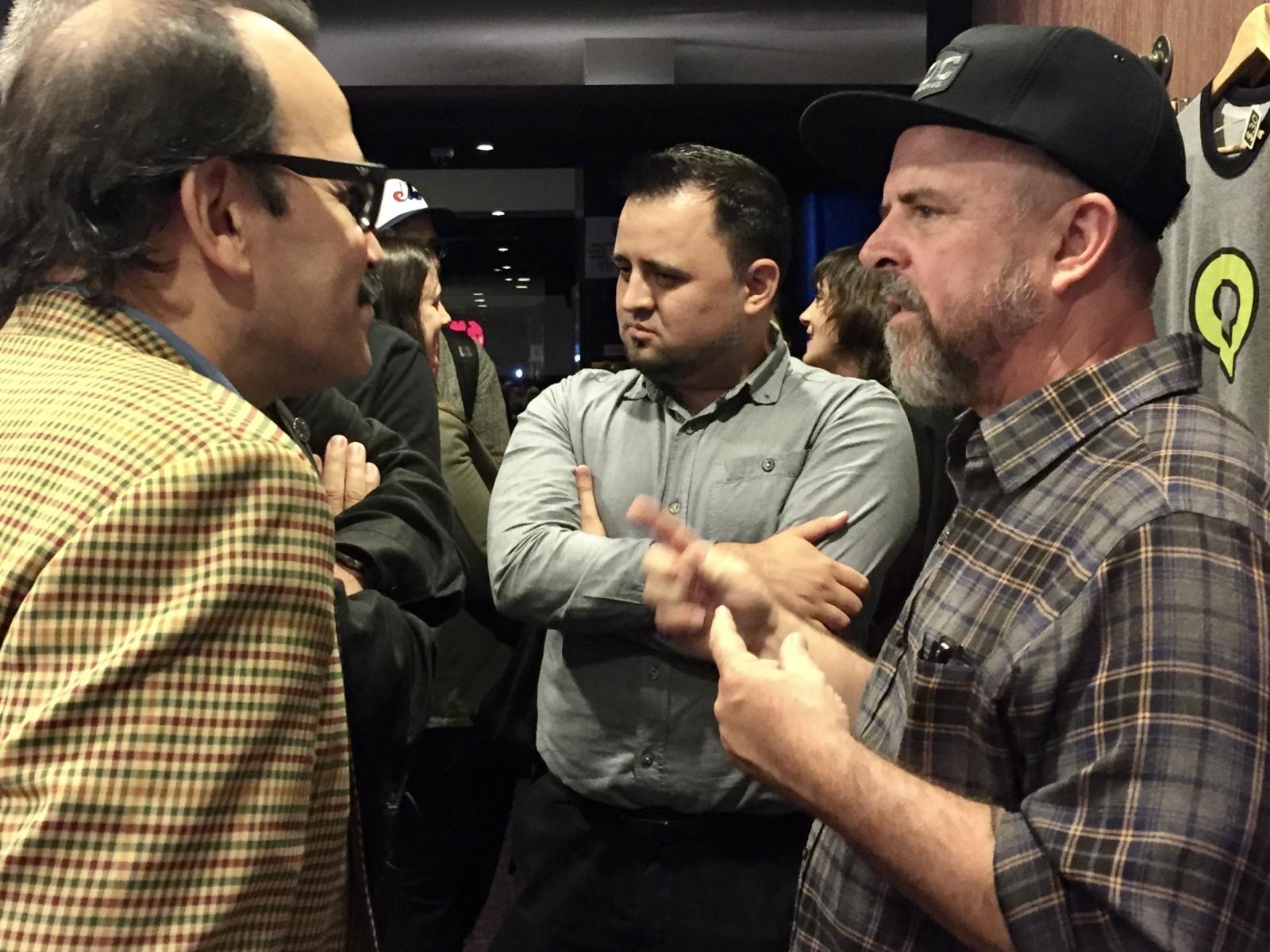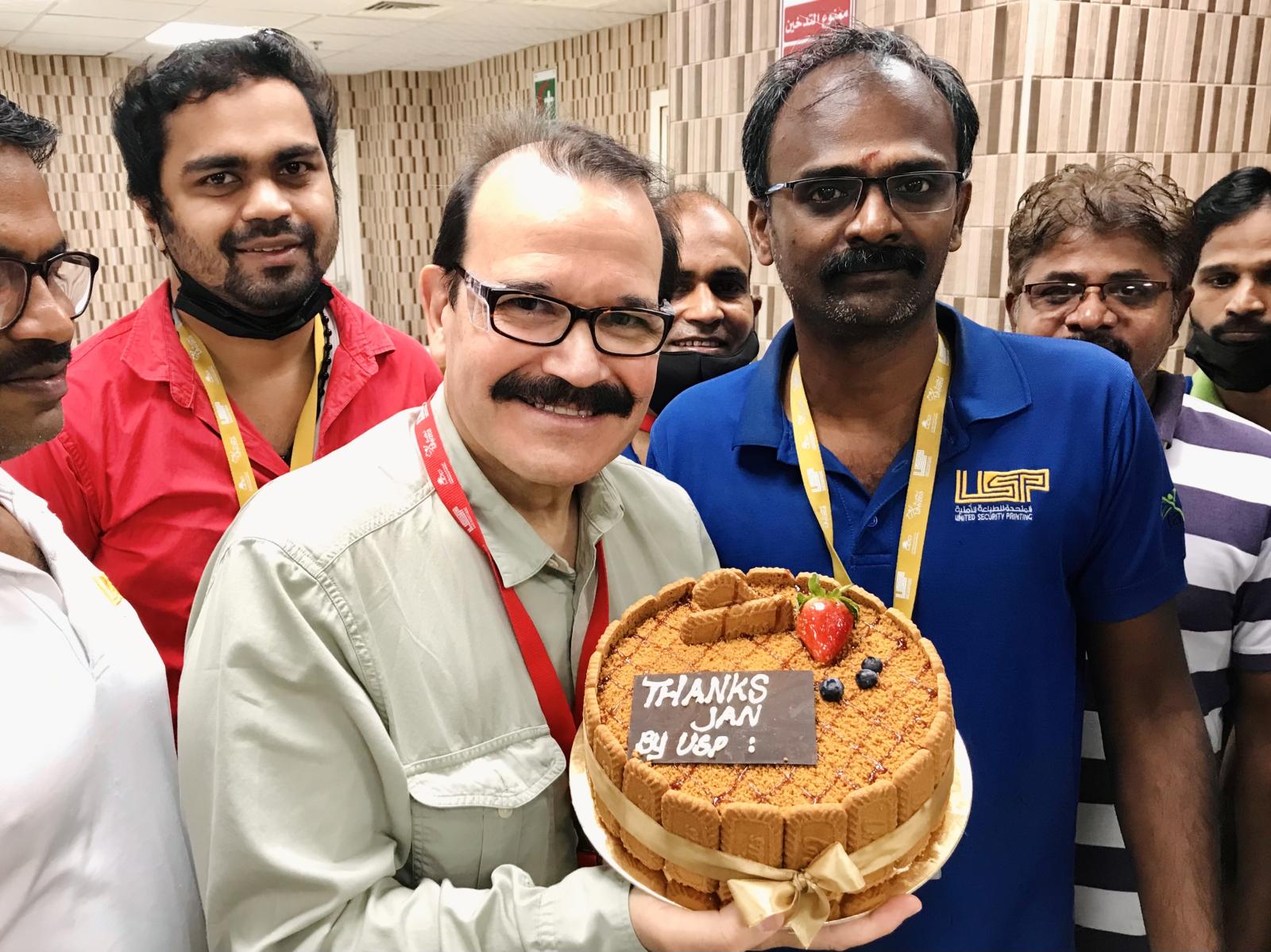
Designers endure the test of time.
Milton Glaser said that seeing how your ideas and thoughts have positively influenced or changed people's lives is nothing more satisfying.
Perhaps no artist has influenced more people in modern times than Dieter Rams.
Milton Glaser stated that the artist's life is between two sensibilities, the one of a businessman and the one of an artist. Art performs a pacifying function in culture, and artists provide a gift to the culture so people have a sense of commonality that brings people together.
Milton Glaser was a renowned American graphic designer who significantly contributed to the design field. He gained widespread recognition for his iconic "I ❤️ N.Y." logo, created in 1977 to promote tourism in New York City. This design became one of the city's most recognizable and imitated symbols.
On the other hand, the more we explored and studied Rams' designs, the more we realized his omnipresence and influence in everything around us. He emphasized that Good Design should have as little design as possible. That makes his designs timeless as we enjoy them as there is no better way.
Elegance, functionality, and waste reduction in mind are some of the aspects of architectural design that influenced his work. He explained that earlier in his career, he realized that each phase of product development and each component played a critical role and that every detail was important.
Ten principles for good design define product life cycle.
Dieter Rams has influenced modern living for over sixty years and is the most celebrated German industrial designer and most influential creator of over 350 product designs. Today is his 91 birthday, and his ten principles for good design have become the standard to define user-friendliness and product life cycle.
Dieter Rams influence is alive today.
His design style and vision are present in our lives today as his influence is alive in the latest products we use and have grown to love and treasure, such as the iPhones.
His constant pursuit of design simplicity and product usefulness created a lasting, magical end-user experience, as his minimalistic design style has become a driving force and the universal language in the new millennium.
Dieter Rams' design principles are highly relevant to the Internet of Things (IoT) and Artificial Intelligence (AI). Both IoT and AI have a significant impact on product design, user experience, and overall functionality.
Here's how Dieter Rams' principles align with IoT and AI.
Good design is innovative: IoT and AI are highly innovative technologies pushing the boundaries of what is possible. Designers and developers must leverage these technologies to create innovative and user-centric products and services that meet the evolving needs of users.
Good design makes a product worthwhile: IoT and AI enable the creation of products and services that are highly useful and provide tangible benefits to users. By leveraging data and intelligence, designers can create IoT devices and AI-powered systems that offer enhanced functionality, automation, and personalization to improve user experiences.
Good design is aesthetic: Dieter Rams emphasized the importance of aesthetic design, and the same principle applies to IoT and AI. Designers must ensure that IoT devices, AI interfaces, and applications are visually appealing and blend harmoniously into the user's environment, making them a seamless part of their daily lives.
Good design makes a product understandable: The complexity of IoT and AI can sometimes make it challenging for users to understand how to interact with these technologies. Designers need to focus on creating intuitive and user-friendly interfaces that make the functionality of IoT devices and AI systems easily understandable, reducing barriers to adoption and usage.
Good design is unobtrusive: In the context of IoT and AI, unobtrusiveness means that these technologies seamlessly integrate into users' lives without being intrusive. IoT devices and AI systems should operate in the background, providing valuable assistance and information when needed without overwhelming or distracting the user.
Good design is honest: Honesty in design means that IoT devices and AI systems accurately represent their capabilities and functionalities. Users should expect what the technology can and cannot do, ensuring transparency and trust.
Good design is long-lasting: IoT devices and AI systems should be designed with durability and longevity. They should be built to withstand the test of time, both in terms of physical durability and software updates, to adapt to evolving technological advancements.
Good design is thorough down to the last detail: Attention to detail is crucial in IoT and AI design to ensure a seamless and high-quality user experience.
Good design is environmentally friendly: Sustainability is a growing concern in designing and deploying IoT and AI technologies. Designers should consider the environmental impact of IoT devices and AI systems, promoting energy efficiency, recyclability, and eco-friendly materials.
Good design is as little as possible: Simplicity and minimalism are essential in designing IoT devices and AI interfaces. Designers should strive to provide a clean and straightforward user experience, focusing on vital features and functions while eliminating unnecessary complexity.
Dieter Rams' design principles align well with the challenges and opportunities presented by IoT and AI. By incorporating these principles, designers can create innovative, user-centric, aesthetically pleasing, and sustainable IoT devices and AI systems that deliver meaningful and intuitive experiences to users.


Thu June 27th
Hiflow solutions offers...
Windows-based app gives users an easy-to-use imposition solution to replace costly and error-prone manual imposition processes.
Wed June 26th
Top 8 mind blowing prin...
While printing may appear to be a simple process, there are some interesting facts about this art form that you may not be aware of.
A comprehensive guide t...
As the world of e-commerce continues to expand, Shopify has emerged as a leading platform for businesses looking to establish a strong onlin
Tue June 25th
Factor druk bombed by r...
The story must be told, and we have decided to send Editor-in-Chief, Morten B. Reitoft to Kharkiv
Sun June 23rd
Respect for innovation ...
The small Danish company OnPrint has developed a sustainable alternative to a Roll-Up - now Patent Pending
Fri June 7th
Designnbuy releases des...
Dallas, Texas – DesignNBuy, a leading provider of web to print solutions, announced the launch of DesignO 2.0, a revolutionary web to print...
Wausau container corpor...
Paperboard manufacturer positions itself for the future by embracing an automated Industry 4.0 solution.
Thu May 30th
Spencermetrics showcasi...
SpencerMetrics will be present at 3 booths during Drupa 2024 - Horizon, HP, and EMT
Designnbuy releases des...
Dallas, Texas – DesignNBuy, a leading provider of web to print solutions, announced the launch of DesignO 2.0, a revolutionary web to print...
5 reasons why printing ...
Dallas, Texas – DesignNBuy, a leading provider of web to print solutions, announced the launch of DesignO 2.0, a revolutionary web to print...
Subscribe
Subscribe to our INKISH newsletter
Login
New User? Signup
Reset Password
Signup
Existing User? Login here
Login here
Reset Password
Please enter your registered email address. You will recieve a link to reset your password via email.
New User? Signup